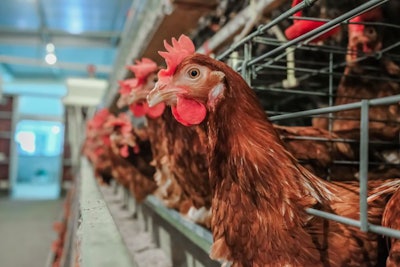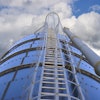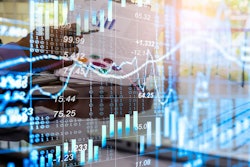
Similar feed composition means the species share parallel environmental impacts, study says
Chicken and salmon may not seem like species that have a lot in common, but producers of either species could learn from each other when it comes to reducing their impact on the environment, according to research from the University of California – Santa Barbara and Griffith University.
In spite of the apparent differences between the two species, the research team determined that chicken and salmon share remarkably similar environmental footprints. Feed is responsible for about 60% of the environmental footprint associated with either species, so the researchers turned to focus on feed ingredients shared by the two species, according to Caitie Kuempel, a lecturer in the school of environment and science at Griffith University in Queensland, Australia.
Overall, the paper concluded that 95% of the cumulative environmental footprint of the two species is concentrated on less than 5% of the planet. More than 80% of the area impacted by chicken overlapped with the area impacted by salmon.
However, their research concluded that chicken was the more environmentally efficient product, on account of the relatively fast reproductive cycle of chickens compared to salmon.
The overlap between the two species and their feed points to significant opportunities to find joint solutions that could help producers of both species, Kuempel said. Changing the type or proportion of feed ingredients, or experimenting with novel feeds like algae or insects, could reduce the footprint of both products. The use of waste products, and keeping better records on waste and byproducts already used in feed, might also prove mutually beneficial to the two sectors, Kuempel said.
Looking at the policies and practices common to other areas where salmon and chicken feed ingredients could also prove fruitful, Kuempel said. While the impacts of chicken production is concentrated in the United States, China and Brazil, American and Brazilian producers are more efficient than their counterparts in China, according to the paper. The differences between regions engaged in similar industries could provide learnings for other areas.
Similarly, it may be possible for the chicken and salmon producers to share best practices, Kuempel said.
“Commercial salmon aquaculture is a relatively young industry compared to chicken farming, so there is plenty of opportunity to look at how chicken production has evolved over time (e.g., genetics, technology, etc.), to try to shape salmon production,” she said.











